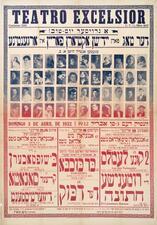
Argentina: Jewish Women
Argentina: Philanthropic Organizations
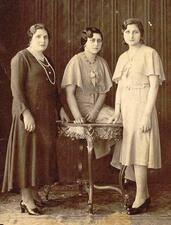
Argentina: Sephardic Women
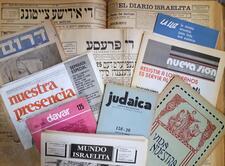
Argentina: Zionist Activities
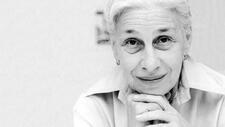
Eve Arnold
Eve Arnold was a groundbreaking photographer and writer, known for photographing fashion in Harlem, the McCarthy hearings, the civil rights movement, and Marilyn Monroe, as well as life in China, England, and the Soviet Union. Arnold was the first American woman accepted into Magnum Photos and is credited with making a remarkable artistic contribution to twentieth-century photography.

Ruth Arnon
Immunologist Ruth Arnon and her team made unprecedented breakthroughs when they developed the first synthetic antigen and the first drug approved for treating multiple sclerosis, Copaxone. Arnon also invented a synthetic, nasally administered flu vaccine and has published over four hundred articles, chapters, and books on immunology and biochemistry.
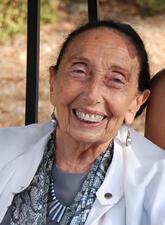
Yehudit Arnon
After surviving the Holocaust and immigrating to Palestine, Yehudit Arnon played an influential role in shaping modern dance in Israel. In 1948 Arnon and her husband helped to smuggle more than 100 orphaned children to Palestine and settled in Kibbutz Ga'aton, where she founded the Kibbutz Contemporary Dance Company.
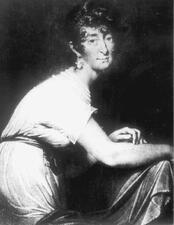
Fanny Baronin Von Arnstein
Fanny von Arnstein, who rose to the rank of baroness, navigated the artistic and political upheaval of the Napoleonic Era as a hostess of salons that welcomed celebrities, artists, musicians, and politicians. The respect she garnered fostered the growing acceptance of Jewish in Viennese high society. During the Napoleonic Wars, she aided the sick and wounded and advocated unsuccessfully for the equal rights of Jews at the Congress of Vienna.
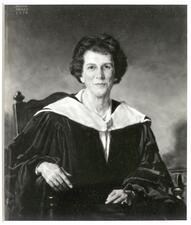
Margaret Gene Arnstein
Margaret Gene Arnstein was a principal architect of the American nursing profession. Her belief that nurses should be involved in health policy and research helped transform her profession. Renowned for her work in public health, Arnstein also advanced nursing education and research.
Jeannette Arons
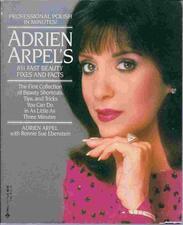
Adrien Arpel
Adrien Arpel is a pioneering entrepreneur who has been highly successful in the skincare industry. She realized there was a need in the cosmetics marketplace for a business that would educate the consumer. Arpel was the president and CEO of Adrien Arpel, Inc., an enterprise with approximately 500 salons across the United States and Canada.

Patricia Arquette

Art During the Holocaust
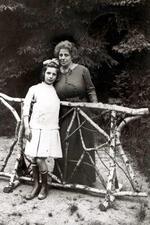
Art in the United States
Art: Representation of Biblical Women
For centuries, art has portrayed biblical women in ways that reflect society’s attitudes towards women and their role. Depictions of female biblical figures fluctuate according to historical and social perceptions. Jewish art often features heroic and worthy women who, through their courageous deeds, helped to triumph over Israel’s enemies.

Bea Arthur
Bea Arthur began and ended her illustrious career on the stage, with critically acclaimed roles in Fiddler on the Roof and Mame in the 1960s and a one-woman Broadway performance in the 2000s. But she became a feminist and gay icon with her Emmy-award-winning television situation comedies from the 1970s through the 1990s: All in the Family, Maude, and The Golden Girls.
Artists in Britain: 1700-1940
Lilian Holt, Clara Klinghoffer, Gluck, Orovida Pissarro, Flora Lion, Lily Delissa Joseph, and perhaps most famously, Rebecca Solomon were just a few of the trailblazing Jewish female artists in England who overcame many obstacles, such as obtaining art lessons and entering a male dominated field, to work professionally and impact England’s art scene.
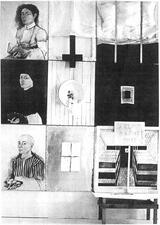
"Second Generation" Women Artists in Israel
Israeli women artists, second generation descendants of Holocaust survivors, have expressed in their art the grim atmosphere of absence, emptiness, and loss they absorbed. Their individual responses to the Holocaust differ in intensity and power.
Artists: Contemporary Anglo
In Britain, both feminism and feminist art took considerably longer to emerge and make their mark than in the United States, but when they did, many Jewish women artists created profound artistic work. British Jewish women artists generally hold both Jewishness and gender as central to their artistic output. Their art reveals the diverse ways in which women perceive their Jewishness in contemporary Britain.

Artists: Israeli, 1970 to 2000
The inclusion of feminism in Israeli art was seen as irrelevant in the 1970s, when Israel was seen as a state of gender equality. But in the following decades, amid vast changes in Israeli society, women worked hard to make themselves seen and have their stories told in the wider world of Israeli art.
Artists: Russia and the Soviet Union
Jewish women participated in the artistic life of the Russian Empire and the Soviet Union for over a hundred years. Jewish women artists worked in all styles, from the routine academic to the extreme avant-garde. There were also well-known art patrons, gallery owners, art historians, and art critics.
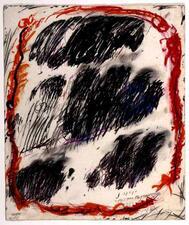
Artists: Yishuv and Israel: 1920-1970
While women are often excluded from the historical narrative of Israeli art-making, women artists made significant contributions to the canon of Israeli art throughout the twentieth century. Depicting landscapes, creating ceramics, and painting beautiful portraits, many female artists made significant contributions to the development of the Bezalel Art school and Israeli modern art. In 1952, the artistic Group of Ten was founded, to use a modern language in order to express the Israeli experience and landscape.

Devorà Ascarelli
Until recently all that was known about Devorà Ascarelli was available in a 1601 collection of mainly Italian translations of Hebrew liturgy for the Day of Atonement, Me’on Ha-Sho’alim. Now it is known that she was born Devorà Corcos to a prominent Roman Jewish family, most of whom, including many of her children, would convert, by force or voluntarily, to Catholicism. New information reveals that in Me’on Ha-Sho’alim, she transliterated the Italian translations of another author into Roman letters that could be read by more Jews.
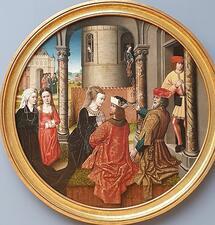
Asenath: Bible
The minor character Asenath, mentioned in the Bible as Joseph’s wife and mother of Manasseh and Ephraim, became the heroine of an ancient Jewish novel written between 100 BCE to 200 CE, likely in Egypt. In the text, the daughter of an Egyptian priest falls in love with Joseph, turns to the God of Israel, marries Joseph, and is saved by God and some of Joseph’s brothers from attack by Pharaoh’s son.

Asenath: Midrash and Aggadah
Asenath is mentioned in the Torah as “the daughter of Poti-phera,” an Egyptian priest. Whether she actually descended from the Egyptians or Israelites is a contested matter in the Rabbinic tradition.


